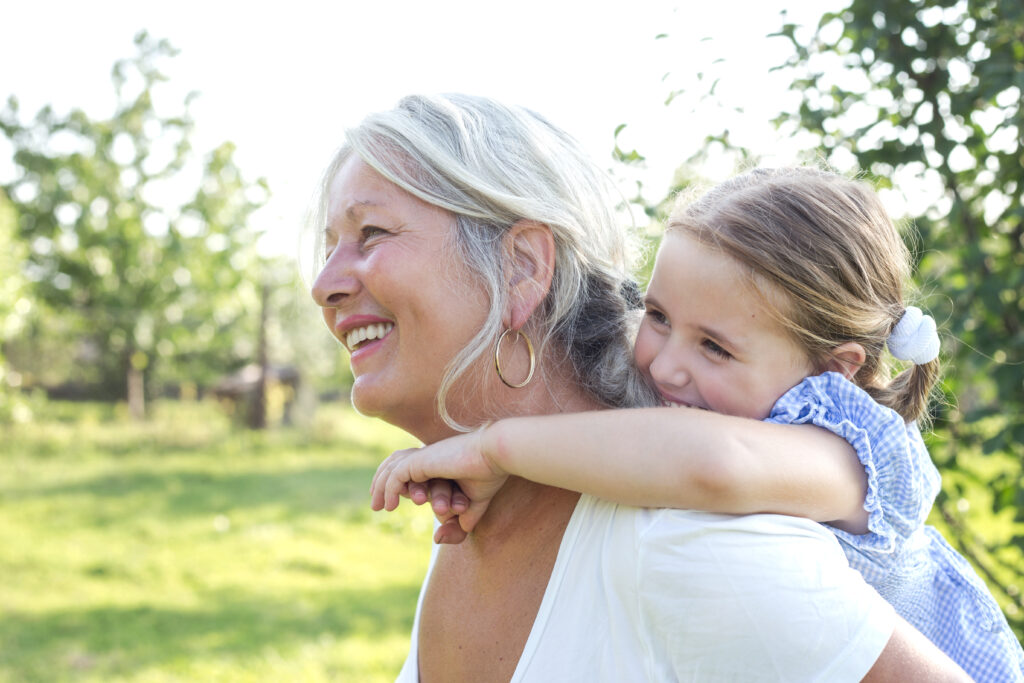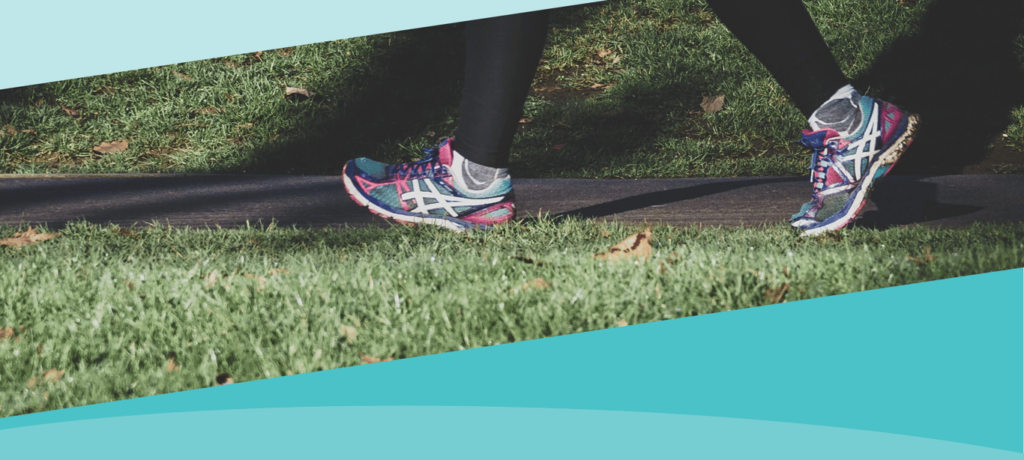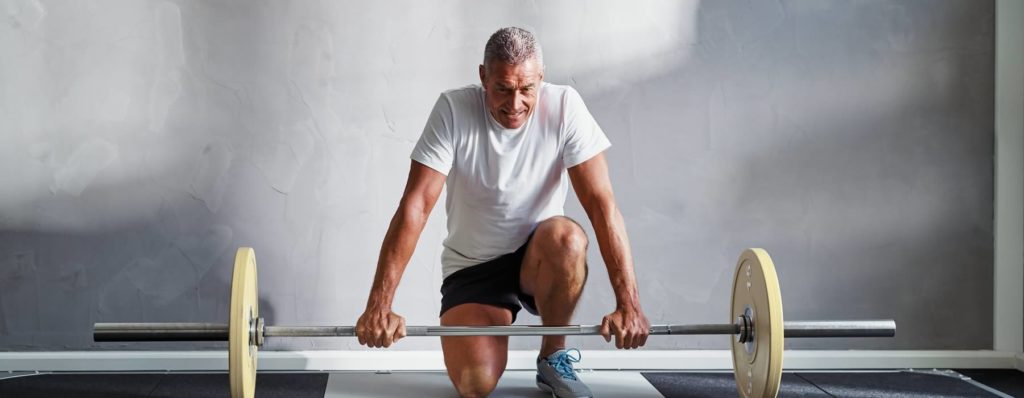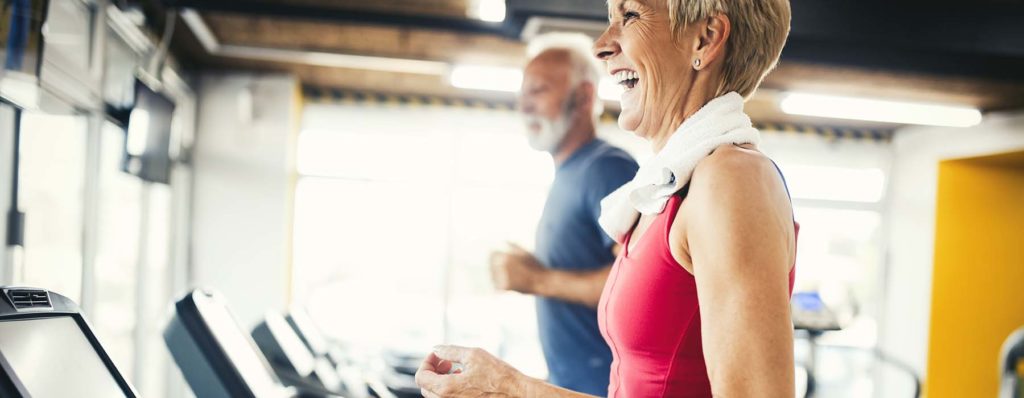
Can I turn around and get fit over 50? It’s a question we hear often at Vintage Fitness, and the answer is a resounding YES! Achieving and maintaining fitness over 50 (and 60, 70, 80 even 90) is absolutely possible.
While the peak of competitive sports might be behind us, improving and sustaining our fitness (and with it our health and well-being) is within reach. In this article we explore the key fitness areas – muscle mass, bone density, VO2 max, and flexibility – to show you how to thrive and stay fit over 50.
1. Building Muscle Mass
The loss of skeletal muscle mass associated with ageing is called sarcopenia. After the age of 50, the rate of loss of lean muscle mass is about 1%. A reduction in muscle mass leads to:
- Reduction in strength and power,
- Increased joint instability,
- Increased risk of injury,
- Lowering of your base metabolic rate.
But don’t give up hope. We can combat this!
Aim for 2-3 training sessions a week
With as little as two x 45 minute resistance training sessions a week it is possible to not only stop the decline in muscle mass, but also to increase it. Build to 3 sessions weekly, incorporating 4-5 sets of 6-12 repetitions per exercise for optimal results.
You also need to focus on eating well, in particular consuming enough protein.
For some real-life inspiration on why it’s never too late to start getting fit read “The ninety somethings who revolutionised the way we think about strength training“, a recent article in The Guardian.
2. Maintaining Bone Density
Bone density decreases naturally with age. However, because bones are constantly changing and growing it is possible to halt the decline.
Exercise is crucial to ageing well
Strength training not only builds muscle but also strengthens bones. Two birds with one stone! Also make sure you include weight bearing exercises – things like walking and running. And if you want to mix it up a bit, try playing tennis or dancing. Both are great for improving your bone density.
A diet rich in vegetables, protein, calcium, and vitamins D and K is also essential for bone health.
3. Boosting VO2 Max
What is VO2 max? It’s a measure of aerobic capacity. A measure of the overall power of your heart, the higher the score, the greater the ability of your body to do endurance activities. VO2 stands for the maximum volume of oxygen your body can use in exercise. Simply, the higher the number, the better exercise performance you can have. The Average female VO2 max is 30 and for men is around 40.
So if VO2 is an indicator of aerobic fitness, can VO2 it be increased?
Sadly, VO2 normally decreases at the rate of 10% per decade in an untrained person, due to muscle loss and increased body fat. This is because muscle cells use oxygen at higher rates than fat cells.
It is possible to stop the decline of the VO2 by about half as we get older if we exercise regularly. Again, we need to develop lean muscle mass and continue with our cardio activities to ensure the heart’s functional ability to pump blood to the body.
Find out more about VO2 max at www.peakendurancesport.com.
4. Maintaining flexibility
Flexibility is crucial for daily activities and preventing injuries. Thankfully, despite the creaking joints, and the onset of arthritis it is possible to not only maintain, but also improve your flexibility as you age.
There is no one measure of flexibility but the ability for you to carry out your daily activities (getting in and out of chairs, the bath etc) and your ability for your body to have a complete range of motion is a good start. If you are struggling with any of these, it’s time to start stretching. Regular injuries are also an indicator of a lack of flexibility.
Luckily, with a regular program of stretches, it is possible to increase your flexibility as you age.
You are never too old to improve your fitness
Now they say “Use it or lose it”, but let’s add “Lost it, get back on it” (Not so catchy I admit).
Getting and staying fit over 50, is 100% possible. It takes work, but it is achievable. Take heart and take stock. Get to know your body again and reassess your fitness program. If you don’t have a fitness program, create one. Focus on strength training, balanced nutrition and flexibility – you can reclaim a healthier, more active life.
A little about Vintage Fitness
We are specialists in getting and staying fit over 55. We run classes in multiple locations in Sydney that are suitable for all levels of fitness, and if you have any concerns or questions about getting started, we’d love to help, just get in touch.
With a little work, your best may be yet to come!







